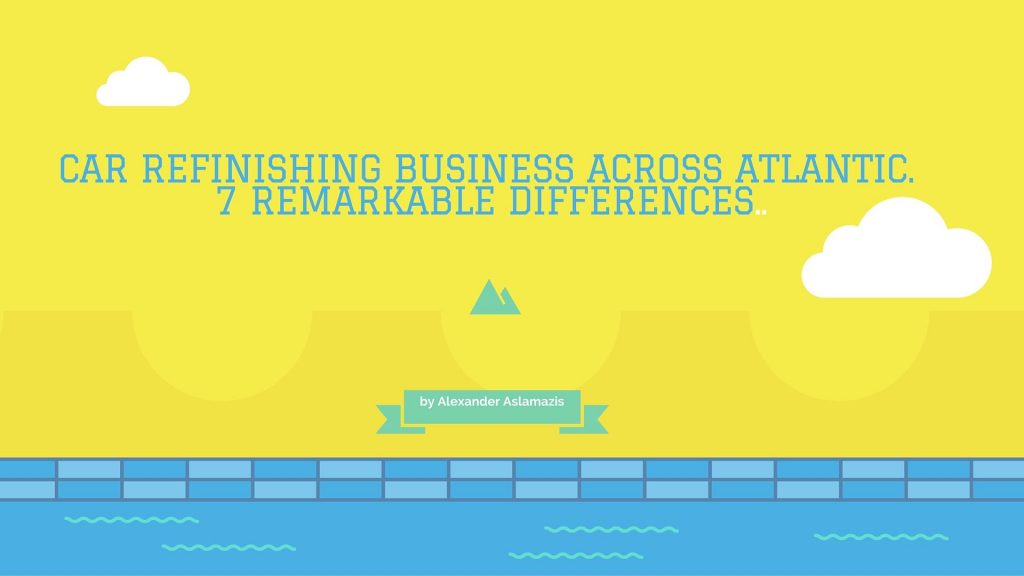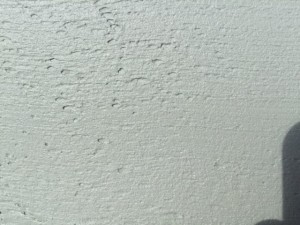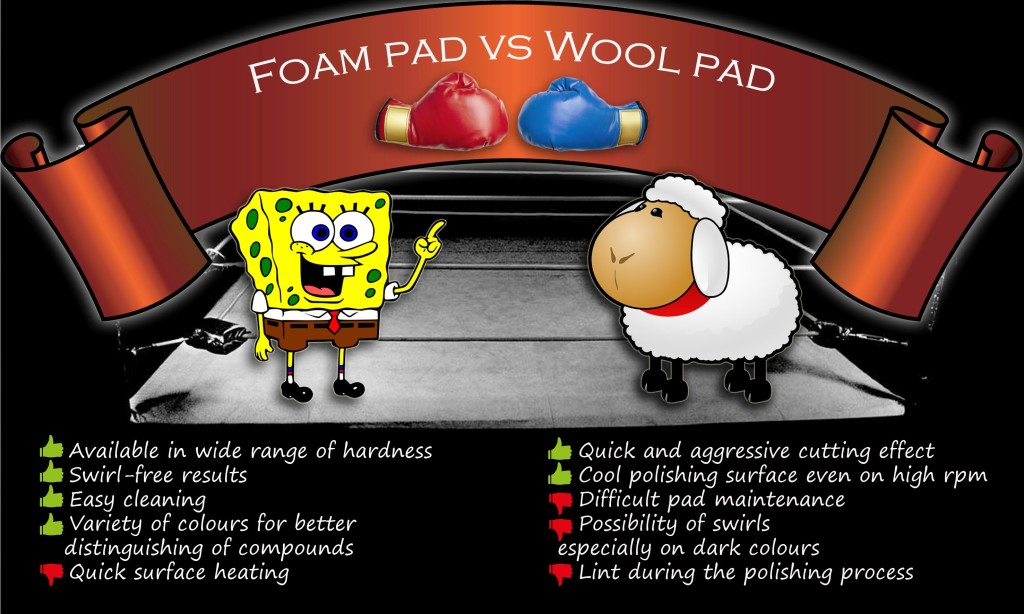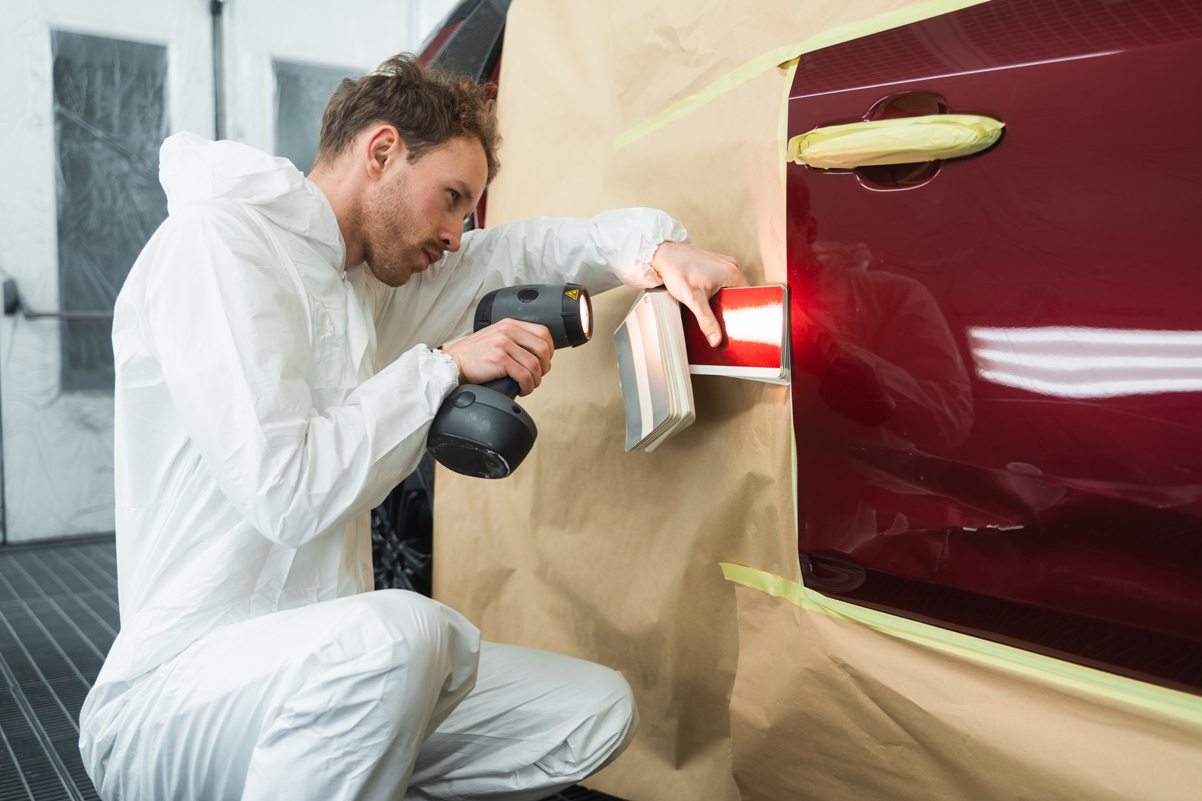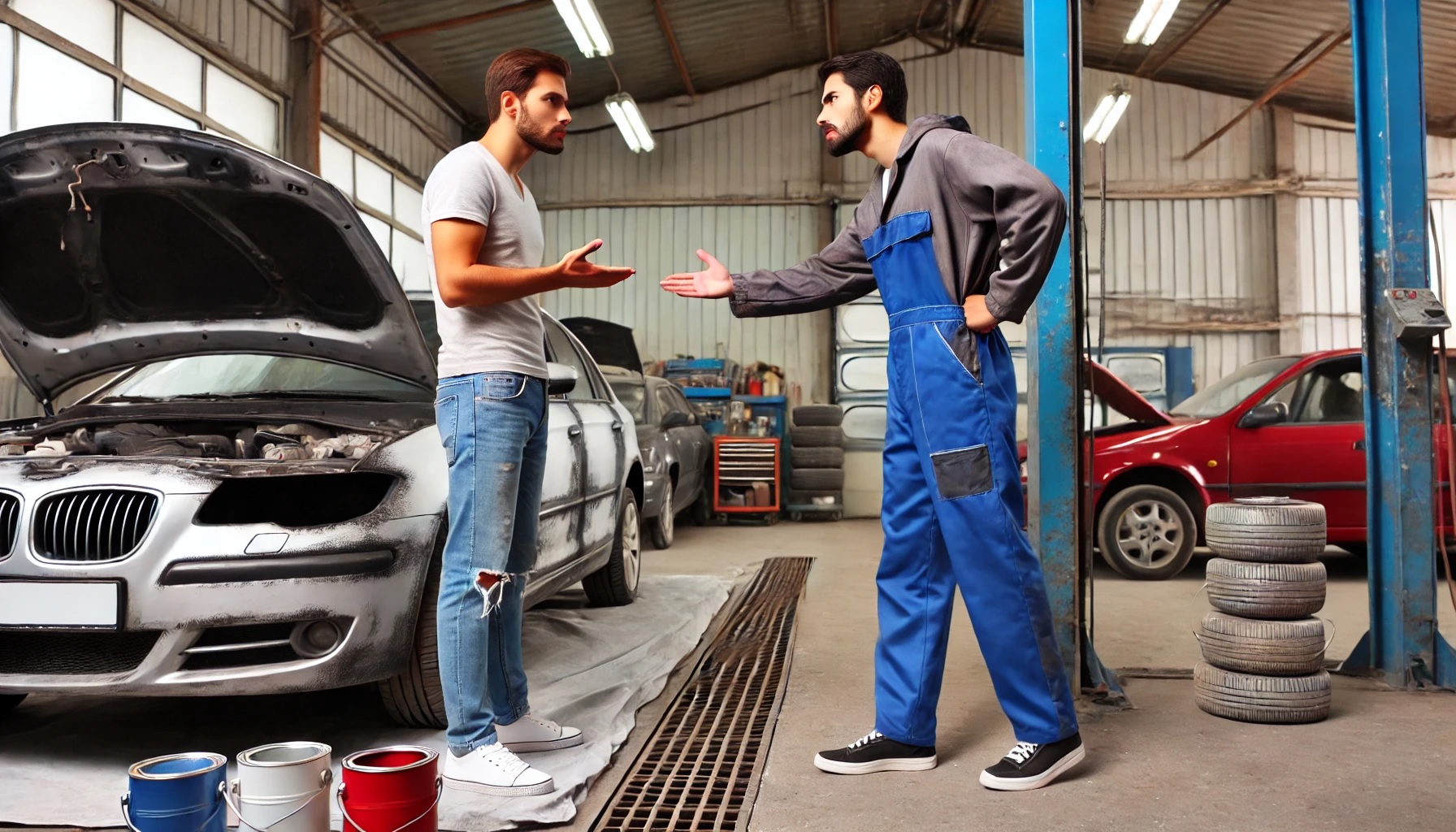These days in Las Vegas the annual SEMA Show takes place. This is one of the most prominent events in the collision repair business. Please pay attention, it is not just an exhibition or fair, but a Show! And it has all the attributes of a show with grand happenings, industry and TV celebrities, vintage luxurious cars and glamorous stands. The idea of this post was born during my last trip to the U.S. last month, where I realized that there are some interesting differences between U.S. and Europe in respect of products and overall business operations. So, below I bring to your attention some of those differences:
- The first thing I noticed during my visits to the American auto body repair centers was the different way a surface dents and scratches are filled. Actually, the fillers are poles apart on their own. Unlike Europe, American panel beater or painter uses lightweight fillers (not to be confused with European term for filling primer), which gives quite rough surface with plenty of pinholes. What really surprised me is that to level down the surface after this filler application, often a cheese grater is used. After that, a very aggressive abrasive paper like P40 is used to level down the surface. Finally, a finishing glaze is applied to cover pinholes and scratches from abrasives. Fillers are quite inexpensive, but glazes are well very costly. In Europe, we usually use one universal product to fill up the dents on a panel, while finishing putty is rarely used, only locally to cover up small imperfections and if needed. In addition, American fillers are usually less viscose, plus occasionally polyester filler reducer or else “honey” is added to thin down the product even further. European putties (putty in Europe, apart from the UK, is actually what Americans call “filler”) are of high viscosity with much smoother, from my point of view, end result, and easier sanding procedure with abrasives start as fine as P120 or even P180.
- Another difference in preparation process I noticed is that abrasive discs and strips on self-adhesive “Stick-it” type are preferred in the U.S., while in Europe only Velcro (velour) type abrasives are manufactured. Even though there is no tremendous difference between those two types of attachment, Velcro abrasives are easier to re-attach and re-use.
- In the United States, apart from the state of California, there is no mandatory directive to use waterborne paints. On the other hands, California rules are even stricter with regard to VOC content than the EU laws. Whether it is useful or not I leave at your discretion. I have my doubts about the benefits of waterborne paints in respect to the ecology, which I already expressed in one of my previous blog posts.
- In polishing and paint rectification process, I noticed that wool pads are well used by the great majority US bodyshop professionals I have seen. As we know wool pads are much more aggressive in cut and thus faster in work, but on dark colors swirls and holograms will be inevitable. Foam pads of different hardness are the preferred pads in Europe. To summarize, both types of pads have pros and cons though. Have a glance on this infographics.
- Another interesting difference between two continents is in the distribution channels. Big groups, sometimes called warehouses, dominate American market. These groups are either regional, covering a few states in one geographical area or nationwide corporations with millions of dollars in revenue. They in turn supply local jobbers (a term for paint supply shop or else factor in the UK). The size and influence of warehouses are astounding. Some of them even expend to Europe. See LKQ.
- Another striking difference in distribution channels lie in fact that even very sizable distributors of paint supplies are quite reluctant to import products from abroad. In Europe, we see even small paint stores, whose owners travel, visit trade fairs and dare to import new brands and products without any hesitations. By doing this they actually increase their profitability and competitive edge. I wonder why our American colleagues hesitate to benefit from the global market and information availability on Internet and even social media, like LinkedIn?
- Finally, I found out that the U.S. collision repair market, perhaps due to its enormous size, has its own TV shows and … celebrities. I can’t recall any name in Europe, who can be described as celebrity. Industry influencers-yes, but not celebrities from whom people would want to queue to take an autograph. Some examples of celebrities are Chip Foose from “Overhaulin” show on Discovery channel, Mike Phillips from Autogeek, “Horny” Mike from History’s channel show “Counting cars”, Richard Rawlings and Aaron Kaufman from “Fast n’ Loud” on Discovery channel and quite a few more.
To conclude, I would like to say that we all could learn from each other. The more we travel, exchange ideas, the better for the industry overall.

